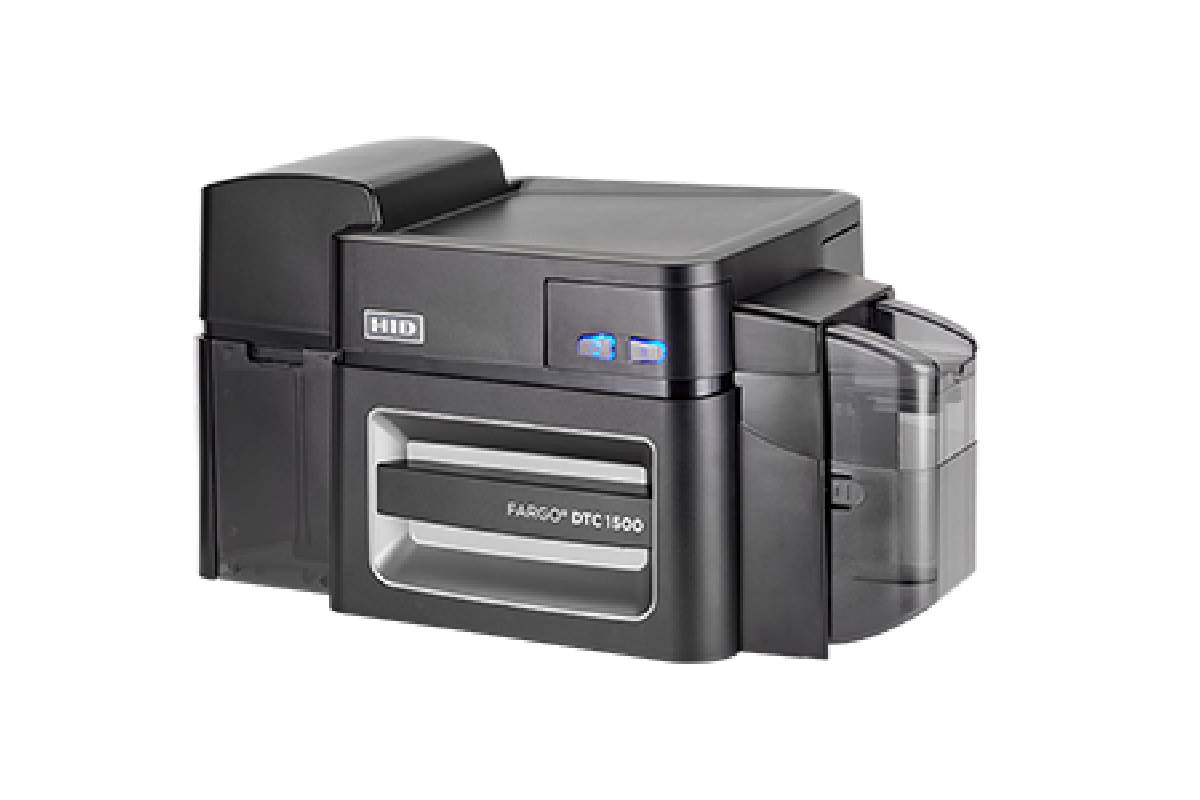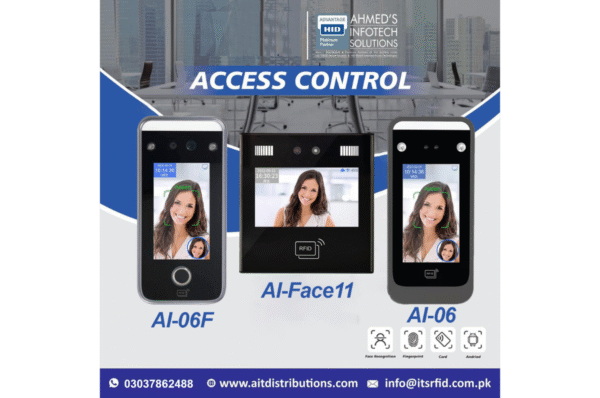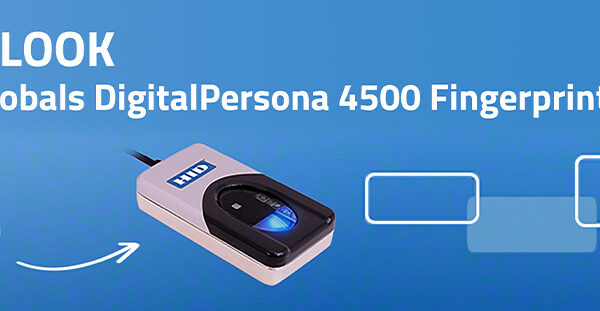A direct-to-card (DTC) printer is a type of printer used to produce identification cards, membership cards, employee badges, or other types of plastic cards. These printers print directly onto the surface of the card, using a dye-sublimation process or a combination of dye-sublimation and resin thermal transfer printing.
How Direct-to-Card Printers Work:
- Printing Process:
- The printer applies ink or dye directly onto the card’s surface.
- The dye sublimation technology is used to heat the dye, turning it into a gas that embeds into the card’s surface.
- As sharp text or barcodes are required, resin thermal transfer is used to deposit a solid pigment.
- Card Compatibility:
- DTC printers work best with smooth, flat cards made of PVC or a composite material.
- Cards with embedded technology (like smart cards or RFID cards) can also be printed on if the printable surface is flat.
- Edge-to-Edge Printing:
- While DTC printers provide high-quality results, they generally cannot print truly edge-to-edge; there is usually a small border around the card where printing does not occur.
Advantages of Direct-to-Card Printers:
- Cost-Effective: Less expensive than retransfer printers.
- Fast Printing: Quick production speeds, suitable for bulk printing.
- Compact Size: It is an ideal for desktop use.
- Ease of Use: Simple setup and operation.
Limitations:
- Border Around Cards: A small unprinted margin is typically left on the edges.
- Surface Quality Requirement: Cards need to have a smooth surface for optimal results.
- Durability: The direct to card printer prints may be less durable compared to retransfer (reverse transfer) methods, as the image sits on the card’s surface and can be subject to wear.
Common Applications:
- Employee ID badges
- Access control cards
- Membership and loyalty cards
- Student IDs
- Visitor passes
- HID FARGO DTC1500 Printer Database
- FARGO DTC1500 Card Printer Dual Side and Encoder
- PVC card printer machine



